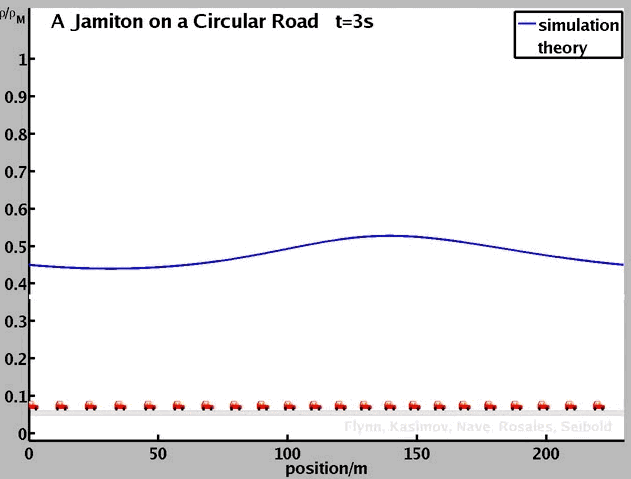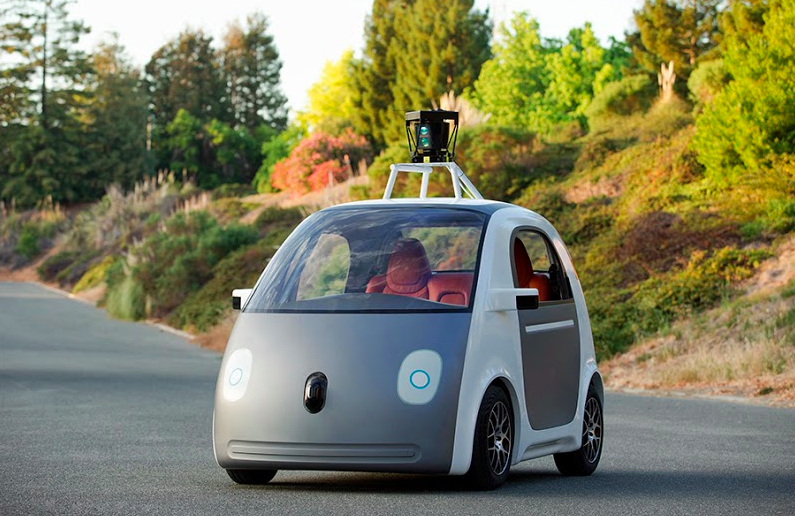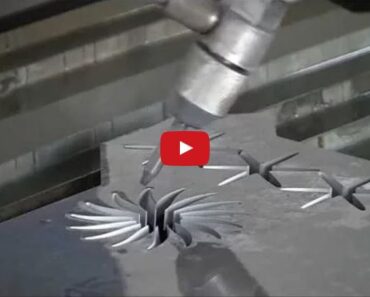Why do traffic jams sometimes form for no reason?
We’ve all been there, one minute you are driving down the highway at normal highway speed them all of a sudden, the whole traffic starts to slow down more and more until inevitably you come down to a halt in the middle of traffic.
For most of us this means, an accident, roadwork or maybe a stalled vehicle so we begin to scan which lane has the potential to get us out of it the quickest so we can get in it and drive away from traffic, but it turns out this behavior just adds to the problem.
After a while traffic starts moving again and we find out there is no problem ahead, there is no road construction or car accident, traffic seems to have just stopped on its own.
Well this is true and false at the same time, like a few researchers have found out by making computer simulation and also experimenting in real life situations just to find the reason behind there phantom traffic jams, and at the same time, have found a way for us to avoid causing them.

They say when you pack a big number of cars on any given highway, literally any tiny traffic flow disruption causes this kind of a jam. Reason behind is, when the car in front of you slows down a bit, you brake harder then it, then all of the vehicles behind you brake more and more in order not to run into each other until at one point this causes the vehicles behind to come to a complete stop before being able to continue. This wave keeps getting bigger and bigger until it becomes a real traffic jam with more and more vehicles having to come to a complete stop before continuing, and more and more vehicles standing and waiting in a traffic jam that has been caused by a small thing like somebody not keeping his distance.
According to the researchers, once the wave appears id is usually between 100 and 1000 meters long and it travels in the opposite direction of the traffic flow, causing more and more drivers to stop and then start speeding up again.
They say that drivers that tailgate are the ones primarily to blame for this traffic disruption, but drivers that are changing lanes abruptly causing the traffic in the new lane too slow, also have the similar effect.
How to avoid them from happening? Well these studies show that keeping a safe distance between the vehicle in front and back and slowing down gradually while anticipating traffic in front of us are most likely to have to have the best effects. This way there are no sudden jolts in traffic speed that are most likely to start the phantom traffic jam wave.
However, this is not definite to avoid a traffic wave from forming, since as you introduce more and more vehicles on the same patch of highways, the chances of forming the phantom traffic jam increase, and even the smallest disruption can now trigger it.
They have done models of the same experiment where all the drivers follow the rules in order to prevent the wave, but once there are too many cars on the road, the wave will form again they say.
The best way to fight them? Well these guys are basically saying, we are the biggest problem, so in order to prevent this their innovative solution is to get us out of the equation. They say once self-driving cars are on the road they will be able to talk to each other, and basically when there is a need for the vehicles to slow down, all the vehicles will communicate and slow together thus fighting against the formation of the wave.

Until we can get enough vehicles on the road that are able to communicate their intentions to each other we say keep your distance when in traffic and speed up and slow down gradually so you won’t interrupt the flow of traffic and won’t cause for the phantom traffic jam wave to occur.







